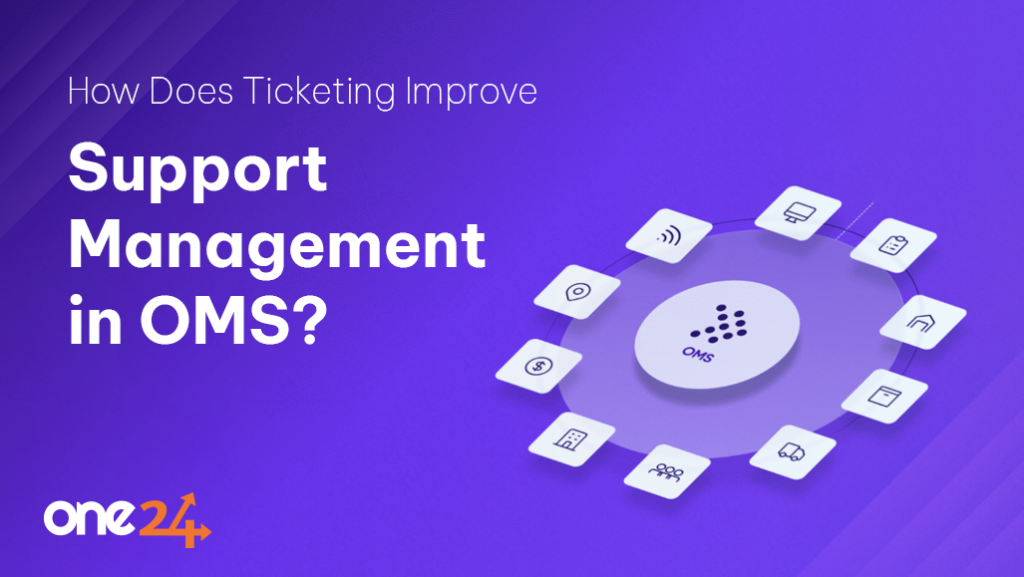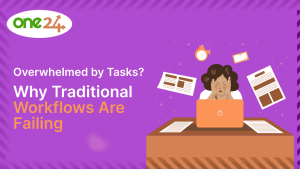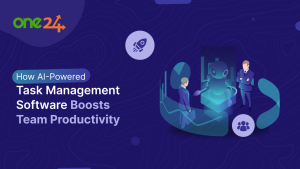Order management systems (OMS) ticketing systems are essential for improving support management because they give businesses organized ways to effectively manage technical problems, customer questions, and service requests. The advantages and workings of ticketing in OMS are examined in this article, with special attention to how it affects customer satisfaction, operational effectiveness, and overall business performance.
An Overview of OMS Ticketing
Businesses mostly rely on OMS to expedite their order processing, inventory management, and customer service operations in today’s fast-paced digital market. Without a well-organized system in place, handling client inquiries and quickly addressing problems can be extremely difficult. Ticketing systems can help with this by providing a centralized method of tracking, prioritizing, and resolving support requests.

Understanding Ticketing Systems
These systems are software programs made to automate and manage customer support issue resolution. Every client question or issue is recorded as a ticket, which includes all the pertinent details such as the issue description, priority level, customer information, and support agent assigned to the case. From the point of inception to the point of resolution, these tickets follow a lifecycle that guarantees each issue is handled quickly and effectively.
The Main Advantages of OMS Ticketing
1. Centralized Issue Tracking
All customer concerns and service requests can be tracked centrally with the help of ticketing systems. Support teams can effectively deploy resources, prioritize work based on urgency, and keep an eye on the status of each ticket thanks to this visibility.
2. Improved Customer Communication
Openness and promptness are valued by customers. Clear communication is facilitated by ticketing systems, which offer automatic notifications, status updates, and projected resolution times. This proactive strategy lessens annoyance and raises customer satisfaction.
3. Effective Resource Allocation
Support managers can more effectively deploy resources by using OMS ticketing systems to prioritize and classify tickets. Priority concerns can be resolved quickly, reducing downtime and streamlining operational procedures.
4. Performance Metrics and Analytics
These systems produce useful performance metrics and analytics that shed light on the effectiveness of the support staff, their response times, their rate of resolution, and their degree of customer satisfaction. Strategic decision-making and ongoing improvement are made possible by these metrics.
5. Workflow Automation
Repetitive operations like ticket routing, assigning to the right agent, and follow-up actions are made easier by ticketing systems’ automation features. This lowers the amount of physical labor required, boosts output, and guarantees reliable service.

Using Best Practices for Ticketing in OMS
1. Centralized Issue Tracking
Ticket categories and subcategories can be customized to correspond with particular kinds of support requests and problems that are frequently encountered in your OMS environment. This customization guarantees clarity in issue classification and expedites the generation of tickets.
2. SLA Management
In your ticketing system, define Service Level Agreements (SLAs) to set response and resolution time commitments for various ticket kinds. Tasks can be prioritized via SLA management according to client expectations and urgency.
3. OMS and CRM System Integrations
An integrated perspective of customer interactions is made possible by the smooth connection of ticketing systems, OMS, and CRM platforms. This improves data synchronization. This connection enhances customer satisfaction and expedites the resolution of issues.
4. Ongoing Training and Support
To ensure that support agents are as knowledgeable as possible about ticketing systems and best practices for customer service, make an investment in their continuous training. To maximize performance, give frequent updates on new integrations, system features, and efficiency advice.
In Summary
Ticketing systems are essential tools for contemporary companies that use OMS to improve customer service and streamline processes. Organizations can significantly increase support management, operational effectiveness, and overall customer happiness by putting effective ticketing practices into place. Using advanced systems will be essential for organizations to meet customer expectations and stay competitive in the digital marketplace as they grow and change.
Talks About Ticketing
1. What is the ticketing system in OMS?
It is a software solution that centralizes and manages customer support inquiries, issues, and service requests in an organized manner.
2. How does ticketing enhance customer support in OMS?
They streamline the process of tracking and resolving customer issues, ensuring prompt responses, efficient prioritization, and clear communication throughout the support journey.
3. What are the benefits of using ticketing in OMS support management?
- Centralized Management: All support requests are logged and tracked in one place.
- Improved Efficiency: Tasks are prioritized and assigned to appropriate agents quickly.
- Enhanced Customer Experience: Clear communication and faster resolutions lead to higher satisfaction.
- Data-driven Insights: Analytics help optimize support processes and resource allocation.
4. How does ticketing contribute to operational efficiency in OMS?
By automating routine tasks, categorizing issues, and providing real-time updates, ticketing systems reduce manual effort, minimize downtime, and improve overall workflow efficiency.
5. Can ticketing systems integrate with other OMS tools?
Yes, modern ticketing systems often integrate seamlessly with OMS platforms and other business tools like CRMs, enhancing data synchronization and providing a holistic view of customer interactions.
6. What role does ticketing play in managing service level agreements (SLAs) within OMS?
They enable businesses to define and monitor SLAs, ensuring that support teams meet response and resolution time commitments, thereby maintaining service quality and customer satisfaction.
7. How can businesses leverage ticketing systems for proactive customer support in OMS?
These systems facilitate proactive support through automated notifications, proactive issue detection, and customer self-service options, enhancing customer satisfaction and loyalty.
8. What should businesses consider when choosing a ticketing system for OMS?
Key considerations include scalability, customization options, integration capabilities, reporting and analytics features, and ease of use for both agents and customers.
9. How can businesses measure the effectiveness of ticketing in OMS support management?
Metrics such as average response time, ticket resolution rate, customer satisfaction scores, and agent performance metrics provide insights into the system’s effectiveness and areas for improvement.
10. What are some common challenges associated with implementing ticketing systems in OMS?
Challenges may include initial setup complexity, user adoption, training requirements, and ensuring seamless integration with existing systems. Effective planning and stakeholder engagement can mitigate these challenges.






